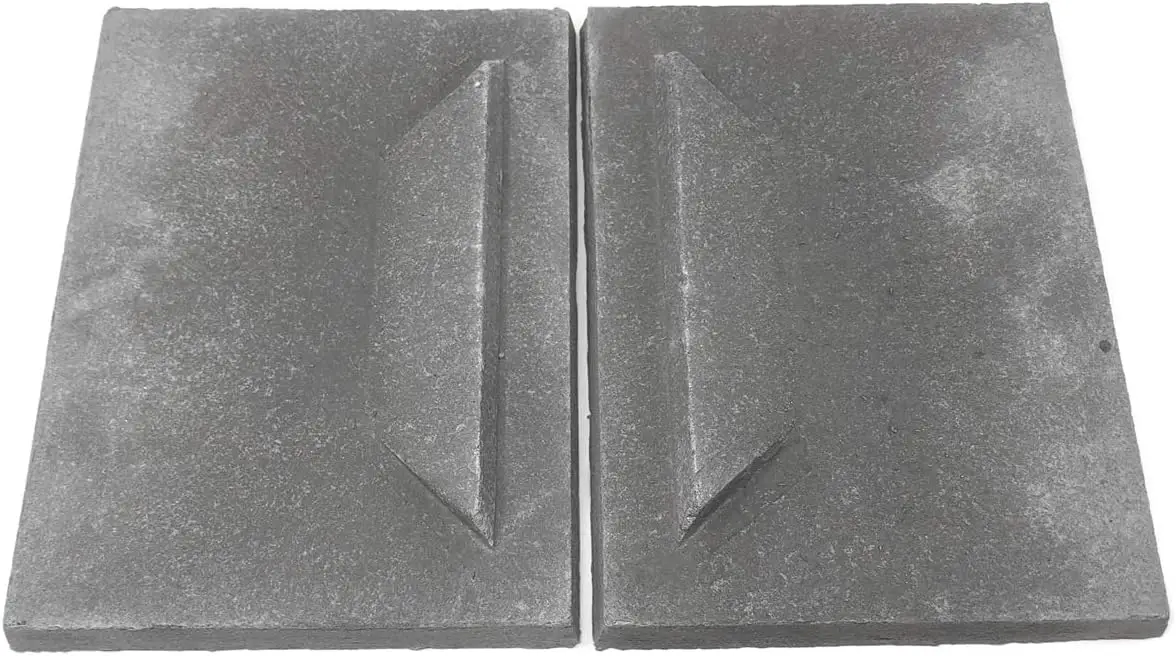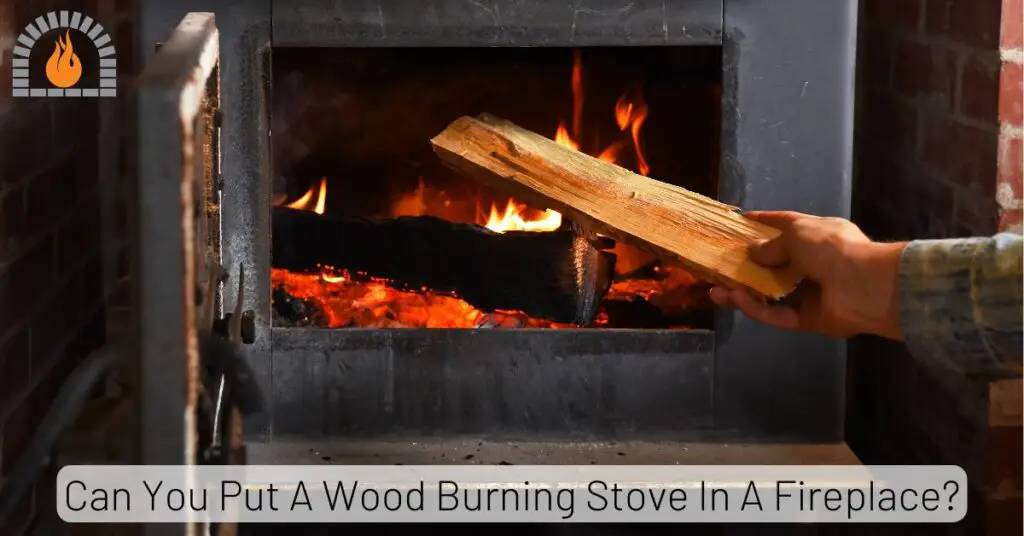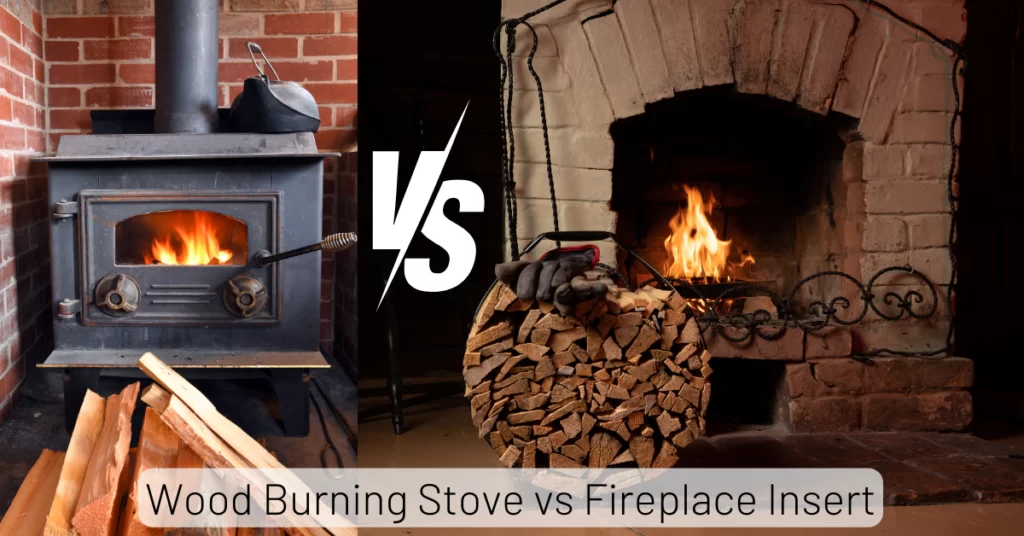If you’re a wood stove enthusiast, you’ve likely heard about the importance of a wood stove baffle. This seemingly small component plays a crucial role in the efficiency and performance of your wood-burning stove.
Wood stoves have been a trusted source of heat for centuries, and modern designs have evolved to provide an eco-friendly and cost-effective way to keep your home warm. The wood stove baffle is Central to this evolution, a critical component that impacts heat output and fuel efficiency.
This article delves deep into wood stove baffles, exploring their function, benefits, maintenance, and how they can contribute to a warm and cozy home.
What is Wood Stove Baffle?
At its core, a wood stove baffle is a heat deflector or a damper inside the stove’s combustion chamber. It helps to Redirect smoke and gases for a more efficient burn and promote longer burn times by keeping heat inside the stove.
The wood stove baffle Improve heat distribution throughout your living space and reduce creosote buildup for safer and cleaner operation.
Benefits of a Well-Functioning Wood Stove Baffle
A properly functioning wood stove baffle can lead to a range of benefits, including:
- Increased Efficiency: A baffle helps extract more heat from your wood, reducing the time you need to reload the stove.
- Eco-Friendly Heating: Efficient burning leads to reduced emissions and a smaller carbon footprint.
- Energy Savings: Using less wood while getting more heat saves fuel costs.
- Safety: A well-maintained baffle can prevent creosote buildup, reducing the risk of chimney fires.
 |
Napoleon W010-3560 Baffle | Genuine Napoleon Part Replacement fiber baffle set Set of 2 baffles Approximately 12″ x 9″ Fits Napoleon Models: 1100, 1100C, 1100C-1, 1101, 1150 |
Check Price |
Types of Wood Stove Baffles
There are two main types of stove baffles, including:
- Refractory Baffles: Made of heat-resistant materials like firebrick, they store and radiate heat for extended periods.
- Metallic Baffles: Typically made of steel, these are lightweight and highly efficient in directing heat.
Maintenance and Care
Regular maintenance is crucial for optimal performance. Key maintenance steps include:
- Regularly remove ash and soot buildup from the baffle to maintain its efficiency.
- Check for cracks or warping in refractory baffles and replace them if necessary.
- Inspect and replace gaskets to ensure a tight seal, preventing air leaks.
Tips for Improved Performance
To get the most out of your wood stove baffle:
- Use seasoned hardwood for cleaner and more efficient burns.
- Control air intake to maintain a consistent temperature.
- Monitor your stove’s performance to ensure its burning efficiently.
Related Posts:
Final Thoughts:
In conclusion, the wood stove baffle is a small but essential component of your wood-burning stove. Understanding its role and taking proper care of it can significantly enhance the efficiency and longevity of your heating appliance. With a well-maintained baffle, you can enjoy eco-friendly heating, reduced energy costs, and a warm, cozy home.
Investing time in learning about and maintaining your wood stove baffle is a wise choice for your comfort and pocket. So, if you’re looking for a more efficient and cost-effective way to heat your home, remember that it all begins with understanding the magic of the wood stove baffle.
Feel free to reach out if you have any questions or need further guidance on wood stove baffles. We’re here to help you journey to a warmer, more energy-efficient home.
Affiliate Disclosure: Fireplaceadviser.com is a participant in the Amazon Services LLC Associates Program. We may earn a commission when you click on certain links on this site and purchase.

Hello!! I am Jamal Khan. I often fix my home electric heaters and gas stove problems and research the common issues in the heating units to improve my knowledge and expertise. The aim of establishing fireplaceadviser.com is to share my expertise and knowledge with my audience.













Hi Jamel, I have an antique cast iron Kalamazoo 1902 wood stove and am trying to reverse engineer it to understand how it should work as well as compare to modern stoves with the most significant challenge being the steel baffle plate. I find three sets of mounting tangs in the stove for the baffle plate. I assume that the plate would sit on the front and near centered tangs to fully open the pipe for cleaning. For use, I assume the baffle plate is positioned on the near centered and rear tangs with the plate sitting as far back on the rear tangs as possible to close any direct access to the pipe from the rear of the stove. However, this position puts the baffle on the center tangs instead of the plate resulting in an angle that is higher than if the center tangs contacted the plate. Does my baffle plate seems to be built correctly for this stove? If not sure, do you know an optimal angle that the baffle plate should sit? Thanks!
Hello Doug, Thanks for approaching us.
Unfortunately, it’s challenging to provide a definitive answer without seeing the stove or having specific details about its design.
However, I can offer some general guidance. The baffle plate in a wood stove is typically designed to reflect heat into the firebox, improving combustion efficiency.
It’s common for baffle plates to have multiple mounting options for different configurations depending on the stove’s use (e.g., cleaning, normal operation).
Your assumption about the cleaning position, with the baffle plate sitting on the front and near-centered tangs, sounds reasonable.
For normal use, positioning the baffle plate on the near-centered and rear tangs, with the plate as far back as possible on the rear tangs, also seems plausible. The goal here is often to direct the flow of gases for better heat retention and combustion.
Regarding the issue with the angle when the baffle is on the center tangs, it’s important to consider the original design intent and the effect on heat distribution and combustion.
If you’re unsure whether the baffle plate is correctly built for the stove, you might want to consult the stove’s documentation or seek advice from experts in antique stoves or historical restoration.
For a more accurate assessment, you may consider contacting antique stove restoration specialists, historical societies, or forums where enthusiasts discuss the restoration and use of antique stoves.
They might have valuable insights or even access to documentation to help ensure the baffle plate is positioned optimally for your Kalamazoo 1902 wood stove.
If you have any questions feel free to ask.